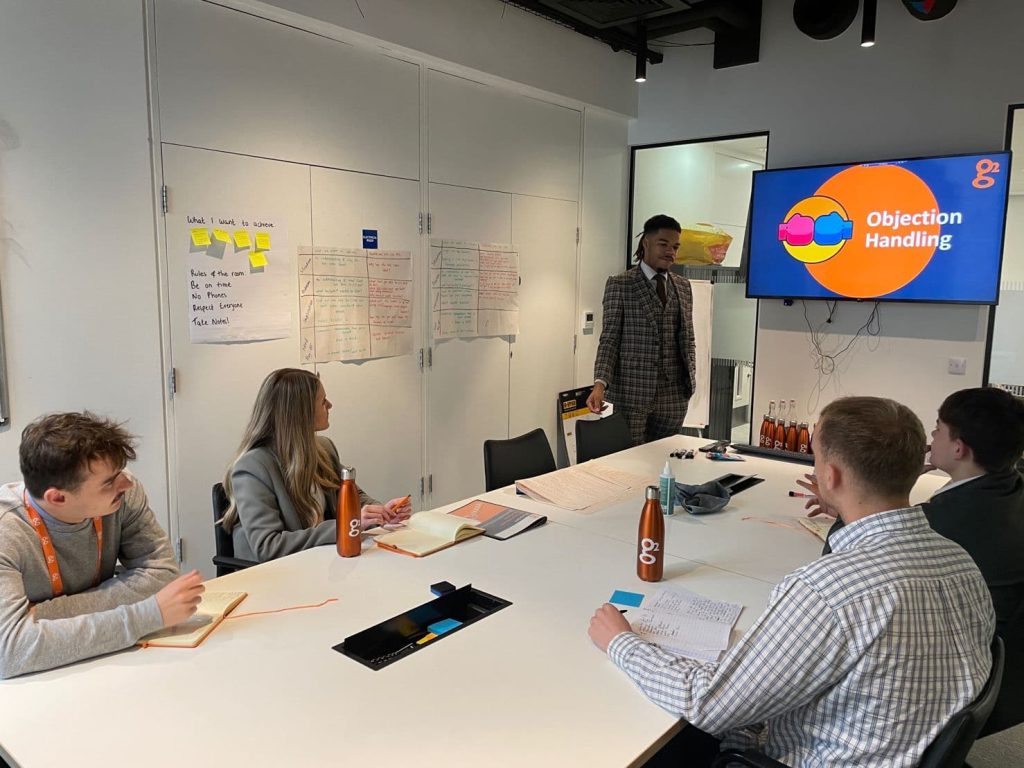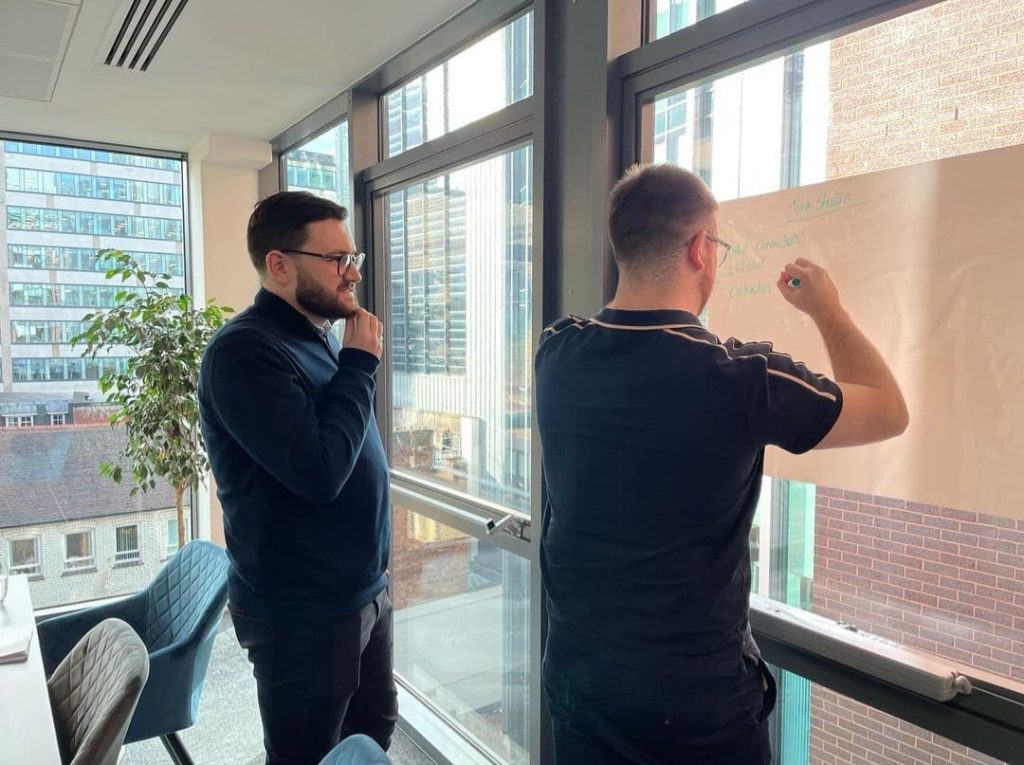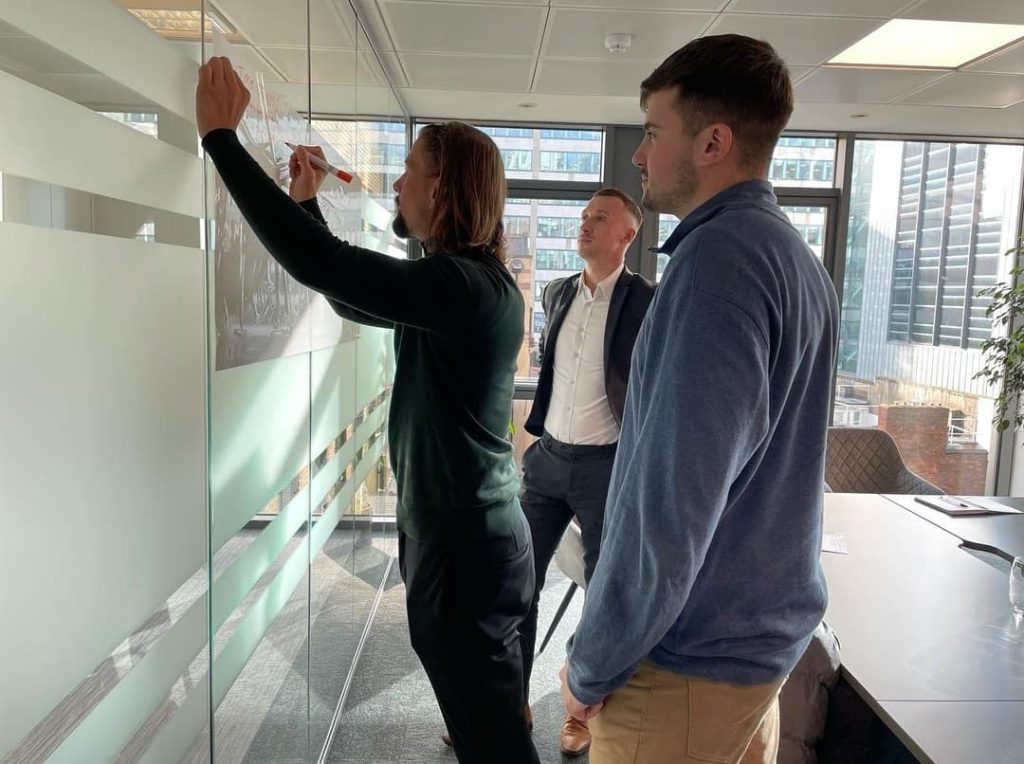Is your CV being overlooked?
In today’s competitive Engineering climate, it is crucial that you stand out against other applicants.
Your CV is your first real impression to a potential employer, so it is essential to present yourself in the best possible light.
Employers often form an opinion within seconds of reviewing your application, so it is important that you leverage the document as a personal marketing tool – you can use it to showcase your suitability for the role, your professionalism, and your attention to detail.
A well-crafted and tailored CV can significantly improve your chances of standing out to employers and advancing in the hiring process – it could be the difference between securing an interview or missing the opportunity altogether.
Strong candidates with solid experience should not be turned down, simply because their CV doesn’t do them justice.
When reviewing candidate CVs, clients that have worked with g2 have previously flagged ones with particularly messy formatting – such as using inconsistent fonts and spacing, or excessive use of colour and graphics.
Visually, these issues can be perceived as unprofessional, but more importantly, they disrupt readability and make it harder for hiring managers to quickly assess a candidate’s qualifications.
A disorganised layout can interrupt the flow of a CV, and varying fonts makes it harder to distinguish between headings, subheadings, and the main body of text. Hiring managers often only take minutes to scan a resume for key information, so without obvious, signposted key sections, important details could be lost in the layout.
This also means that your key responsibilities, achievements, and proficiencies are hard to spot, despite the fact that they are vital selling factors to most roles in the Engineering sector.
However, a few minor changes can make a big difference to your CV.
In an industry where report writing and documentation are essential, your CV is the first piece of evidence that demonstrates your strong communication and grammar skills. A CV that is easy to read and effectively highlights your strengths leaves a stronger impression and reduces the chance of being overlooked. – Reon Ingham, Recruitment Consultant.
Your CV layout should be clear and consistent, with your previous job roles, education and achievements clearly signposted so they can be identified immediately.
This academic and employment data should be displayed in reverse chronological order, as this is the most relative data to hiring managers and your most recent experience is typically more aligned with current industry practices and technologies.
It also exemplifies a very comprehensive view of how your career responsibilities have grown over time.
Due to this, it is also in good practice to target your CV to each position that you are applying to, with each application being tailored to prioritise the skills and experience that the job description and company highlight.
Further, it is recommended that you bullet point your key responsibilities and achievements, as this will make your CV much more concise and avoid excessive amounts of detail, according to the Oxford University Careers Service. The Engineering sector is extremely saturated, so this method would be beneficial as you will not dilute your key technical strengths with too much unnecessary context.
Finally, proofreading is one of the most effective skills that you could use to perfect your CV – this can either be done by yourself or another individual.
Having a concise and legible body of text will eliminate any risk of misinterpretations and prove to a hiring manager that you have a commitment to quality – an indispensable attribute to have in the Engineering sector.
Create a CV that gets noticed.
Overall, following these core practices will make your more CV clear, concise, and focused on your key technical skills. This will make it much easier for hiring managers to quickly assess your suitability for a role, and therefore will significantly increase your chances of being noticed.
You’ve put in the work to build your career, so don’t let your CV hold you back.
If you need help on how to structure your resume effectively, ensuring that all relevant information is presented in a professional and organized manner, follow the link here to view a sample CV and download an accessible template.






